This year marks the 61st Annual Conference of the Ecological Society of Australia, held on 22-26 November. A key event attended by hundreds of Australian ecologists, it is a great opportunity to hear about the latest ecological research happening around the country. This year the conference will be held online; you can visit the ESA2021 website to learn more.
Several members of the ALA team will be presenting at the conference this year, and we couldn’t be prouder of their achievements! We can’t give away any spoilers from their presentations, so we decided to interview them instead. Here Jess, Nat, Dax and Donald share a little about their work and why they do what they do.
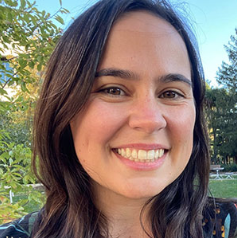
Jessica Fenker (ALA & EcoCommons)
A life in tropical savannas – patterns of ecomorphological diversification on independent squamate radiations
Presenting on Monday, 22 November 2021.
How would you describe your work?
Reptiles are the most diverse group of vertebrates, with a huge variety of body forms, and occurring from cold mountain-tops to the sea. But what promotes this incredible diversity? In my work, I investigate the principal factors that shape the adaptation and diversification of reptiles at multiple dimensions, ranging from speciation processes, to variations in morphology, ecology and genetic diversity.
What made you pursue this kind of work?
I’ve always loved reptiles and wanted to learn more about them, including their great diversity, as well as help in their conservation. I’m also very interested in studying questions around climate variation given our rapidly changing environment. I’ve been fortunate to be able to combine these interests as reptiles, as well as being amazing creatures, are an excellent model of study for the questions I am interested in – as ectotherms, they are sensitive to climate variation in space and time.
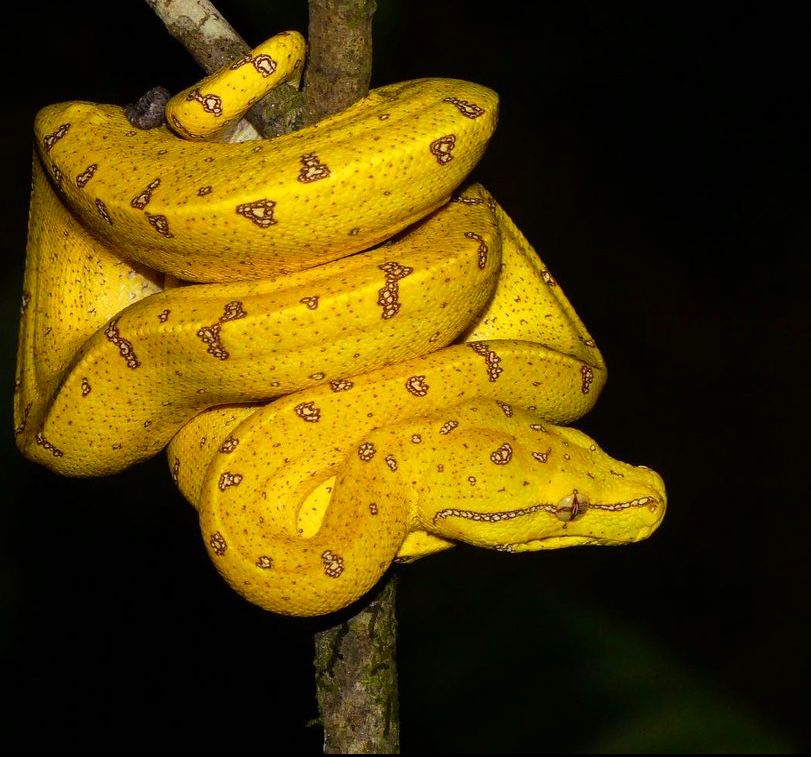
What is your role at the ALA, and what do you do?
I am an R programmer, working on code to generate models that relate species distribution and environmental variables. These kinds of analyses are essential for a few reasons. Firstly, it helps scientists better understand why species live where they do, and secondly, this helps in decision-making – for how and where to prioritise conservation.
Is there something in particular at the ESA conference you’re looking forward to this year?
My colleagues from EcoCommons and I will be presenting one of our first public workshops – so I’m very much looking forward to meeting and interacting with everyone in attendance!
Could you please share one fun fact with our readers?
Australia has the highest diversity of reptiles in the world, with more than 1,109 species! We have over one million reptile occurrence records in the ALA, representing 1,078 of these species.
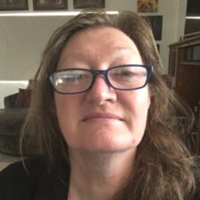
Nat Raisbeck-Brown (Indigenous Ecological Knowledge Program Lead, ALA)
At ESA2021, Nat is presenting with Lynette Knapp, Gail Yorkshire, and Denise Smith-Ali from the Noongar Boodjar Language Centre.
Linking Indigenous ecological knowledge to western science through language
Presenting on Tuesday, 23 November 2021.
How would you describe your work?
One of our recent projects with Noongar Boodjar Language Centre in Perth is the creation of the Noongar-Wudjari Plant and Animal Online Encyclopedia. Noongar-Wudjari is in the south-west corner of Western Australia. Working specifically with Wudjari knowledge holders – Lynette Knapp and Gail Yorkshire – this project involves recording ancestral language and knowledge about plants and animals, to preserve and share. Knowledge and language records for over 90 plants and animals have been collected and are now ready for publication through the ALA.
What made you pursue this kind of work?
I am a map maker. I fell in love with the ALA when I started using the spatial portal to show the relationships between plants, animals and place. I was constantly calling the ALA to ask to show it off at schools and workshops – finally they reneged and based on my extensive work with Aboriginal communities in the Kimberley and fire mapping, offered me the position to lead the IEK. I feel incredibly honoured to be doing this work, with the amazing people I work with in community and the ALA, and to be sharing this knowledge that helps bridge the gap between traditional and western science and ultimately improves our management of our land and sea.
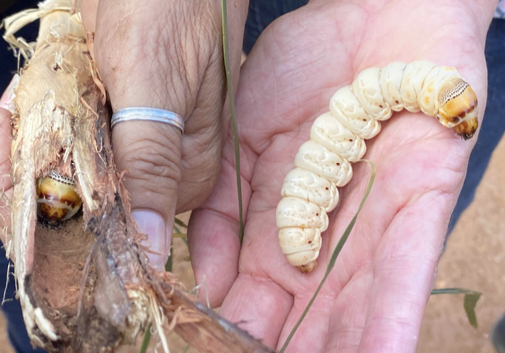
What is your role at the ALA, and what do you do?
I lead the ALA’s Indigenous Ecological Knowledge (IEK) program. The aim of the IEK program is to promote Indigenous ecological knowledge in the ALA. I am doing this by working with Aboriginal and Torres Strait Islander communities to include their language and knowledge in the ALA where it directly links to the Western science knowledge for plants and animals. While I lead the IEK program within the ALA each project with each community is co-led and co-designed with our Partner Researchers – people and organisations who are working directly with communities to collect, store and protect Indigenous language and ecological knowledge about plants and animals. My role is to facilitate the flow of knowledge into the ALA from our Partner Researchers and work with the ALA to ensure the communities goals and aspirations around sharing their language and knowledge are being met.
Is there something in particular at the ESA conference you’re looking forward to this year?
I am excited to share this work with ecologists and environmental scientists from around Australia as an integral step in accessing all the knowledge we need to look after our environment. I am very pleased to be standing with the Noongar-Wudjari knowledge holders, Lynette Knapp and Gail Yorkshire, and our Noongar Partner Researcher and senior linguist, Denise Smith-Ali, as they present our work and explain why this is important to them, their families, their communities and the public.
Could you please share one fun fact with our readers?
The ALA now has Indigenous language names listed for over 700 species, in 12 languages.

Dax Kellie (ALA)
The changing shape of data in the Atlas of Living Australia
Presenting on Tuesday, 23 November 2021.
How would you describe your work ?
I am a data analyst in the Science and Decision Support team within the ALA. I work to improve the ALA’s scientific transparency and to help researchers, government and public users access and analyse data in the ALA more easily.
What made you pursue this kind of work?
I was lucky enough to get an opportunity working with some exceptional scientists last year on a paper investigating how much the methods and the environment in which an ecological experiment is conducted affect the experiment’s final results. This work reinvigorated my love of ecology and biology after spending several years researching human behaviour. Over my PhD, I also grew passionate about learning how to conduct open and reproducible science (which is much harder than you might think). So, when the ALA was searching for someone to help improve their scientific practices, I was excited and thankful to be chosen to fill the role!
What is your role at the ALA, and what do you do?
Improving scientific practices can mean a number of things: facilitating that robust statistical methods are used, creating clear documentation of workflows, or even helping the ALA’s scientific outreach. Day-to-day, my role includes things like managing the latest {galah} R package, creating data visualisations for government-funded projects or social media, and providing advice on how ALA data can be used in high-quality, reproducible research.
Ideally, what I do helps to make the ALA closer and more supportive to the scientific research community, as well as more scientifically engaging to the broader userbase of the ALA.
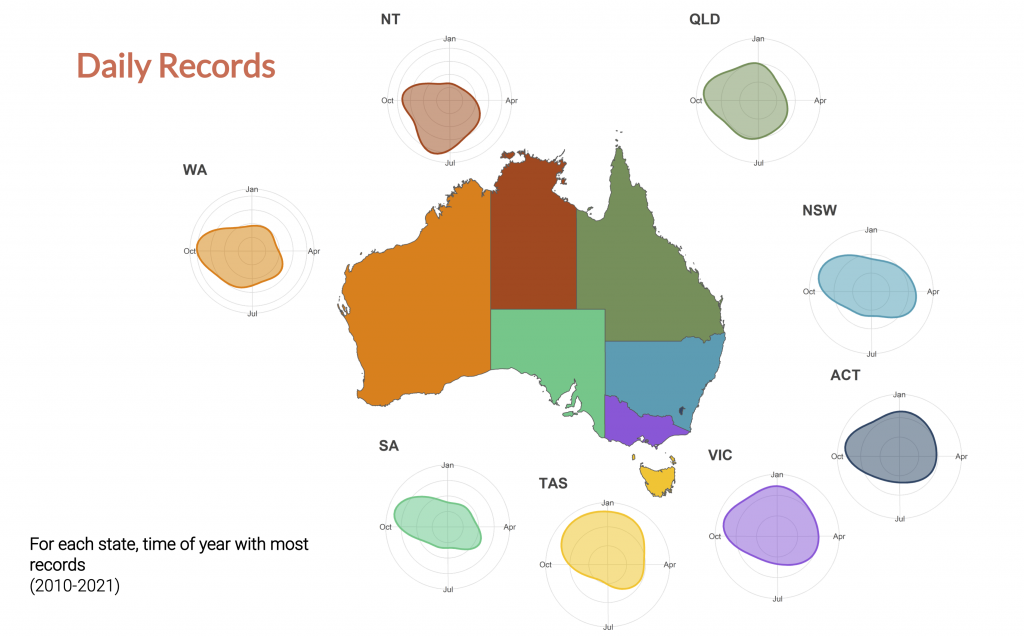
Is there something in particular at the ESA conference you’re looking forward to this year?
There is a general push across Australia in research and industry to better understand the management of, and restoration after, bushfires. I am excited to hear more about what the scientific community has learned now that we are nearly two years on from the huge 2020 bushfires.
There are also several talks and a workshop on Indigenous ecological knowledge and improving work with Indigenous land managers. This kind of research is invaluable, both in the context of getting better data coverage on Australian wildlife, and in a broader context of understanding ecological interactions more holistically.
Could you please share one fun fact with our readers?
Birds are the most well-recorded species across the board in the ALA – the top 10 species recorded in the ALA are all birds. The top 3 birds – Magpies, Ducks and Fairy-wrens – have had over 800,000 occurrence records added over the last decade. That’s a lot of records!
Even more impressive is that over 95% of the records added for birds last year were from eBird. That’s not a bad thing – recent research found that, compared to iNaturalist, eBird is less biased towards larger, more detectable bird species thanks to their use of a semi-structured data format. Thanks for all your hard work eBird users!
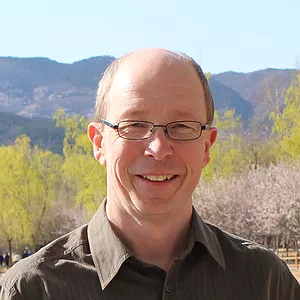
Donald Hobern (ALA)
EcoAssets: Research data for environmental indicators
Presenting on Tuesday, 23 November 2021.
How would you describe your work?
My work is all about trying to make it easier for anyone (researchers, citizen scientists, policy-makers, etc.) to find quality data on biodiversity in ways that make their lives easier, help them to answer the questions they care about, and contribute to a more sustainable world. See this paper for the big picture: https://doi.org/10.3897/BDJ.7.e33679
What made you pursue this kind of work?
I was always passionate about natural history and would probably have drifted into zoology if I hadn’t dropped chemistry early because my teacher graded exclusively on neatness and handwriting… As it was, I ended up becoming a software engineer. In my mid-30s, the establishment of the Global Biodiversity Information Facility (GBIF) in Copenhagen gave me the chance to use my career skills to work with biodiversity data.
What is your role at the ALA, and what do you do?
My current role with the ALA is as leader for a partnership project with some of the ALA’s sister infrastructures (the Terrestrial Ecosystem Research Network, the Integrated Marine Observing System and the Australian Research Commons) to organise our data in ways that better support environmental assessment processes. We want our data to be easily accessible in ways that support indicators for tracking change.
Is there something in particular at the ESA conference you’re looking forward to this year?
I’m looking forward to some of the big perspectives, particularly through the keynote presentations.
Could you please share one fun fact with our readers?
We are living on the brink of a new age for biodiversity monitoring – cheap cameras and computer hardware, open-source software, and machine learning will make automated field observations possible (https://amt.hobern.net/) and cheap high-speed DNA sequencing will help us understand the distribution and interactions of all species (https://araba.hobern.net/).
Jessica Fenker (ALA & EcoCommons) & Jenna Wraith (ALA & EcoCommons)

At ESA2021, Jess and Jenna are hosting two workshops with Emilia Decker (EcoCommons).
Workshop 1. A beginners guide to Data Analysis and Visualisation in R for Ecologists in the EcoCommons’ cloud
Workshop 2. Using the EcoCommons platform to run species distribution models and make climate projections
Workshops will run on Wednesday, 24 November 2021.
How would you describe your work?
We will be hosting two introductory workshops on coding in R using EcoCommons’ coding environment, and a further workshop on species distribution modelling and climate projections using simple point-and-click tools. ESA2021 attendees will work through the improved functionality drawn from the ecocloud and the Biodiversity and Climate Change Virtual Laboratory (BCCVL) platforms which are migrating to EcoCommons. There will be several additions to EcoCommons over the next 12 months, with the official launch on track for next year’s conference, ESA2022.
What do you find most exciting about this kind of work?
The EcoCommons online platform is a world-first! We are creating a collaborative space that’s highly-trusted; a single platform for environmental modelling and analysis needs. By doing so, we are aiming to empower researchers and practitioners with access to trusted datasets and high-quality modelling tools. Ultimately, this means better and faster conservation outcomes for our Aussie species.
Could you please share one fun fact with our readers?
Each EcoCommons team member has a superhero name and you can help these superheros develop EcoCommons over the next year. Sign up to become an EcoCommons Pioneer and help shape the platform as it evolves.